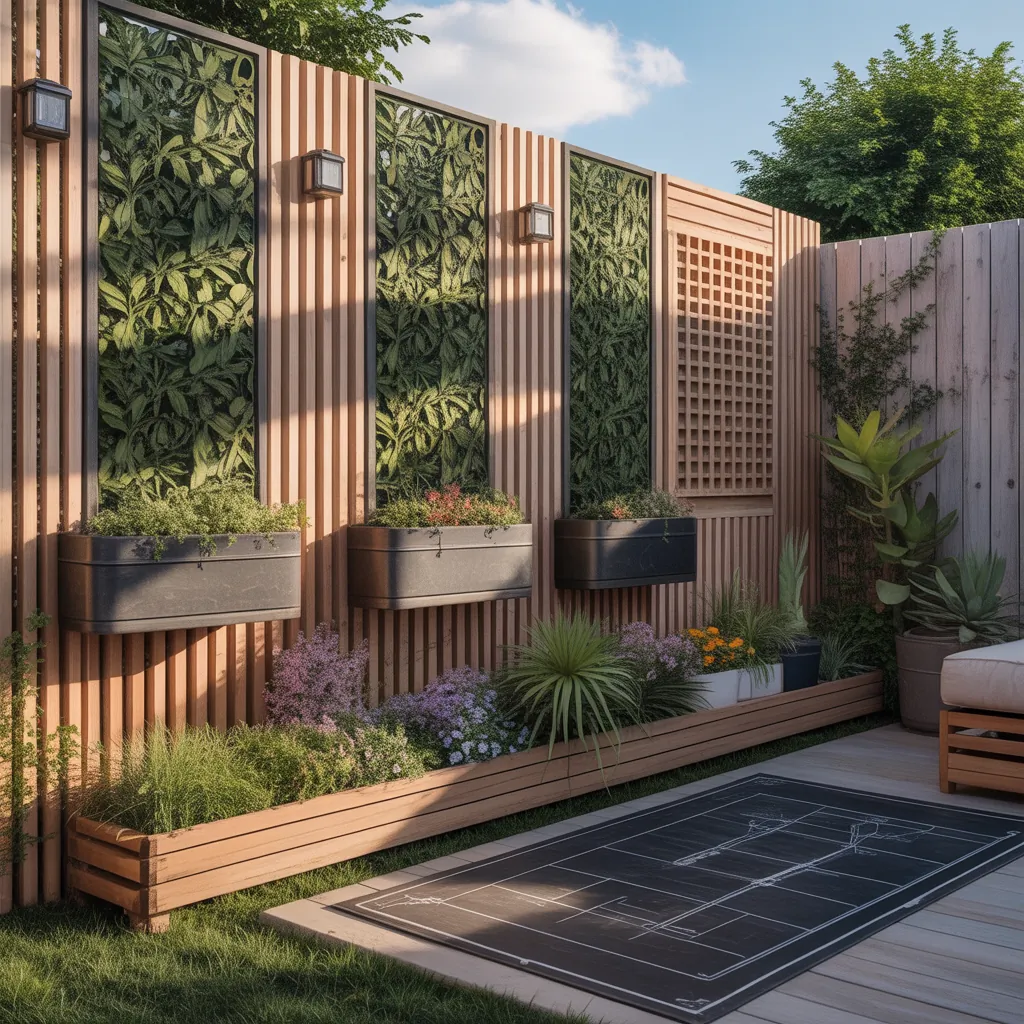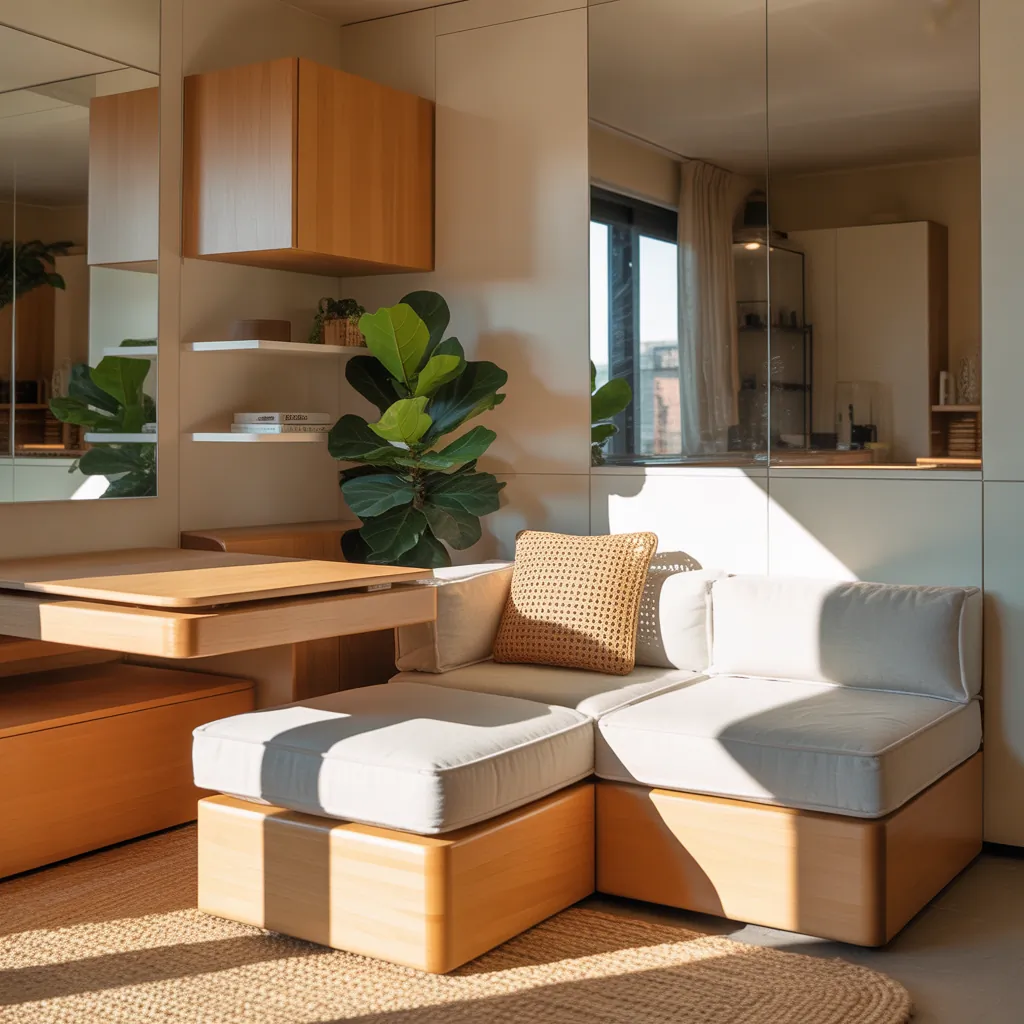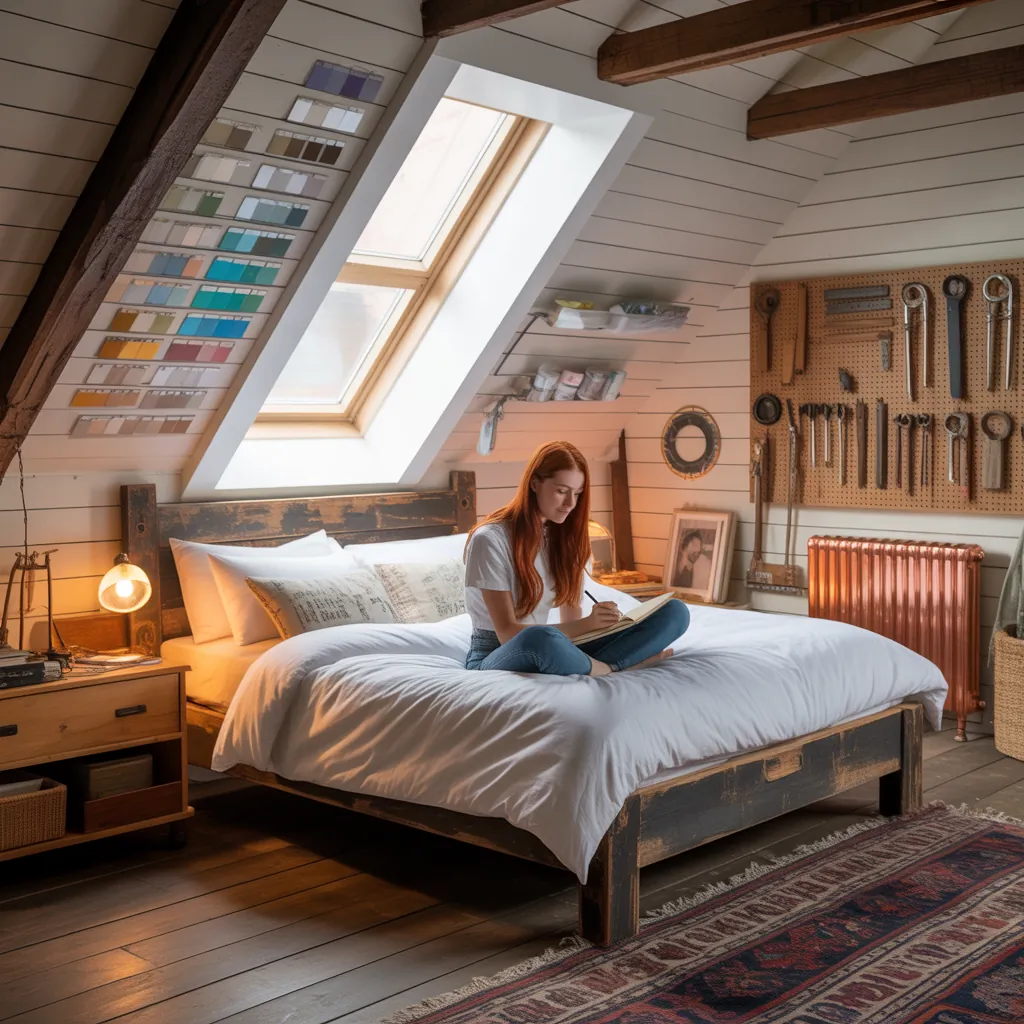Ever stood in your backyard with a cup of coffee wondering how to turn that tired, weathered barrier into a show-stopping feature? Whether your goal is more privacy, a modern curb appeal boost, or a weekend DIY project that adds real value, the right fence can completely change how your home feels. This guide walks through practical, stylish ideas for fence designs you can use today — from budget-friendly picket updates to modern horizontal slat fences.
Why your fence matters: beyond boundaries
A fence does more than mark property lines. It creates privacy, frames landscaping, keeps kids and pets safe, and sets the tone for your home’s exterior design. Choosing the right style and materials — wood, metal, vinyl, or composite — impacts durability, maintenance, and overall cost. Below are creative options and step-by-step tips to help you pick and build the perfect solution.
Top ideas for fence designs for your backyard
Here are practical, real-world fence design concepts with DIY-friendly tips so you can pick the right direction for your yard and budget.
1. Classic picket fence with a modern twist
The traditional white picket fence remains charming, but you can modernize it by varying picket heights, painting in a muted gray, or spacing boards farther apart for a lighter feel. Use kiln-dried cedar for rot resistance and finish with a high-quality exterior paint or stain.
- DIY tip: Set posts in concrete for stability. Measure and clamp a template for uniform picket spacing.
- Materials to consider: cedar pickets, galvanized screws, and a semi-transparent stain.
2. Horizontal slat fence for a modern look
Horizontal slats deliver a sleek, contemporary appearance. Use evenly spaced cedar or composite boards over a metal or pressure-treated wood frame for clean lines that last.
- Step-by-step: Mark and dig post holes, set posts in concrete, attach top and bottom rails, then fasten slats with hidden fasteners for a seamless finish.
- Design idea: Stain the slats darker than the posts to create contrast.
3. Privacy fence ideas for backyard relaxation
If seclusion is your priority, go tall and solid with tongue-and-groove boards, vinyl panels, or closely spaced pickets. Add lattice or a planter shelf on the interior side to soften the view and bring in greenery.
- Maintenance tip: For wood privacy fences, use a UV-resistant sealant and inspect for loose boards annually.
4. Budget-friendly fence designs
Working with a tight budget? Reclaimed wood, pallet fences, or chain-link with a decorative screen can look intentional without breaking the bank. Paint or stain reclaimed materials uniformly to create a cohesive look.
- DIY idea: Attach vertical slats to a chain-link fence for an inexpensive “wood-look” barrier.
5. Decorative garden fence and low border options
For flower beds and small gardens, a low ornamental fence — like wrought iron, bamboo, or short pickets — defines planting areas while letting blooms remain visible.
6. Metal and aluminum fence designs for durability
Powder-coated aluminum or steel offers low-maintenance, contemporary or classic looks. These are ideal for coastal areas or homes where longevity with minimal upkeep is key.
Materials and maintenance: choosing what lasts
Select materials based on climate, maintenance tolerance, and aesthetic. Wood provides warmth but needs sealing; vinyl is low-maintenance but can warp in extreme heat; metal is durable but may require rust protection.
- Tip: Use pressure-treated posts for ground contact and stainless or coated fasteners to avoid corrosion.
- Seasonal care: Clean fences annually and re-stain or re-seal every 2–5 years depending on exposure.
DIY installation basics (step-by-step)
- Plan and measure: Walk the property line, mark corners and gate location, and check local regulations and easements.
- Gather tools and materials: post hole digger, level, gravel, concrete mix, rails/panels, screws, and paint/stain.
- Set posts: Dig holes 1/3 the post length, add gravel for drainage, set posts level, and pour concrete.
- Attach rails/panels: Add rails, then attach boards or panels. Leave space for shrinkage if using untreated wood.
- Finish: Sand rough edges, apply sealant or paint, install hardware and gates, and inspect for safety.
Pro tip: Rent a post-hole digger to save time and ensure straight, consistent holes.
Design inspiration and pairing ideas
Think of your fence as an extension of your home’s palette and landscaping. For example:
- Match a dark-stained horizontal fence with lush green hedges for a modern contrast.
- Pair a white picket fence with cottage-style plants and a gravel path for classic charm.
- Combine metal posts with wooden slats for an industrial-meets-warm look.
Frequently Asked Questions
Q: How high can I build my fence?
A: Fence height rules vary by city and HOA. Typical backyard privacy fences are 6–8 feet tall, while front yard fences often max at 3–4 feet. Always check local codes and neighbor agreements before building.
Q: What is the easiest fence to maintain?
A: Vinyl and aluminum fences are the easiest to maintain — they usually only require occasional cleaning. Composite boards also offer low-maintenance benefits with a wood-like look.
Q: Can I install a fence myself or should I hire a pro?
A: Simple fences (like panel or picket) are doable as DIY weekend projects if you have basic carpentry skills and tools. Complex layouts, sloped yards, or custom gates sometimes require a professional to ensure structural integrity and compliance with codes.
Conclusion: take the next step with your fence project
Your fence is one of the easiest ways to upgrade curb appeal and make your outdoor space more functional. Whether you choose modern horizontal slats, a cozy picket, or a durable metal fence, these ideas for fence designs give you practical direction and DIY tips to succeed. Ready to start? Sketch a plan, pick materials that match your climate and budget, and try a small section first if you’re new to DIY.
Want more project inspiration? Check out our DIY projects and home design ideas pages for step-by-step guides and creative upgrades you can do this weekend. If you enjoyed these tips, share your fence makeover photos and questions — I’d love to help you plan the next step.



